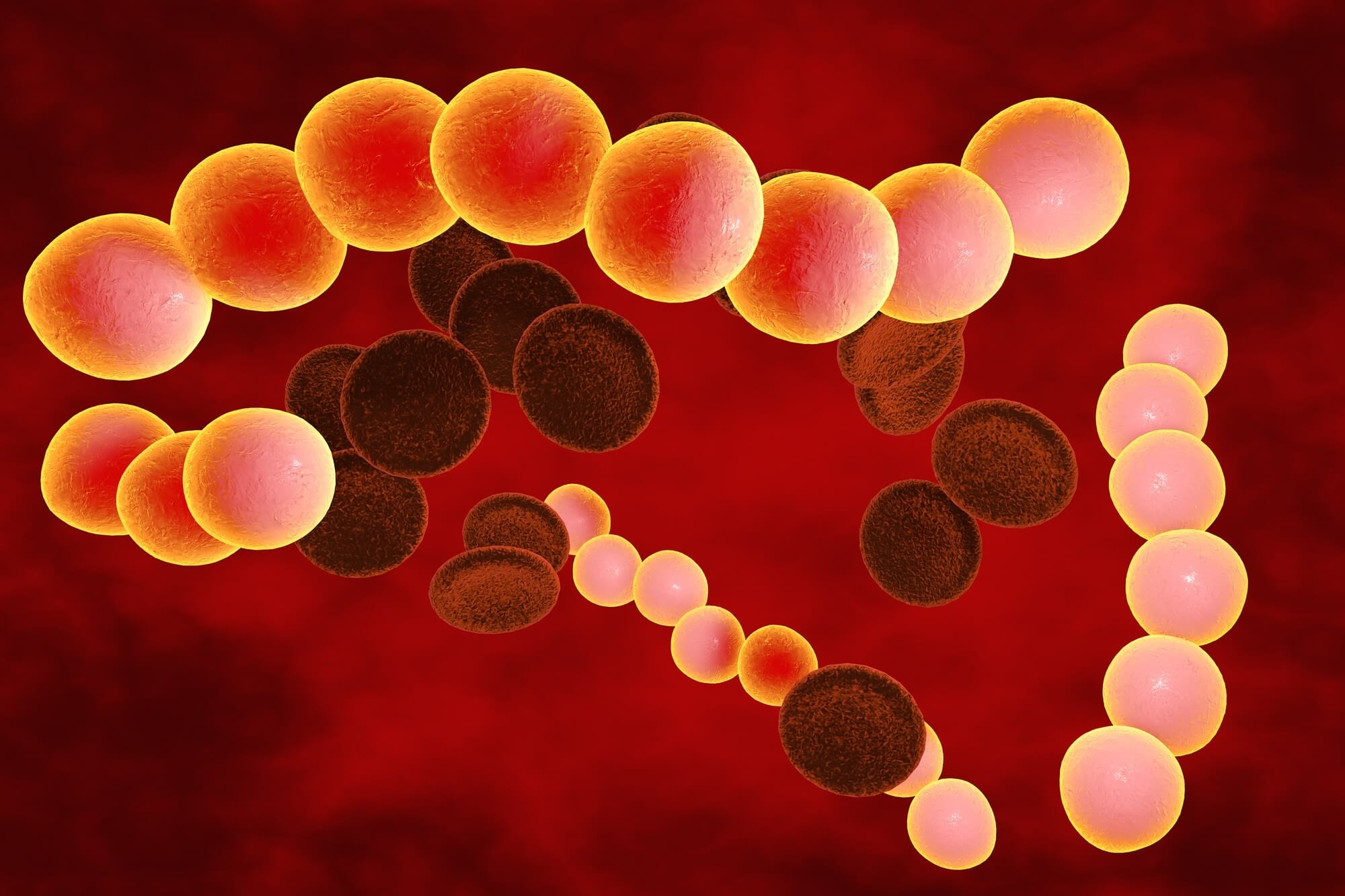Treating the host and not the bacteria is a breakthrough for the development of innovative and effective treatments that do not cause the development of resistance to antibiotics

Group A streptococci (GAS) cause a variety of diseases in humans, from superficial infections such as strep throat to life-threatening invasive diseases, such as necrotizing fasciitis (NF), which is the disease that earned the bacterium the nickname "the predatory bacterium". In recent decades there has been an increase in the incidence of NF cases. The mortality rates from this disease are about 30% that the disease is characterized by time and even when the treatment of the patient is fast and includes surgical removal of infected tissues, administration of antibiotics through the vein, and support in intensive care. Since the initial symptoms are not always clear, quick identification is not always possible. Late detection of NF may result in a mortality rate of approximately 70%.
In a joint study by Prof. Emanuel Hansky from the Faculty of Medicine and Prof. Beaz Tirosh, lecturer and researcher from the School of Pharmacy - both from the Hebrew University, published this month in Science Translational Medicine, it appears that the predatory bacteria increases its violence by encouraging the creation and release of an amino acid, asparagine, tissue the patient during the inflammatory process. He uses this amino acid to build his capacity for violence and aggression. In the present article, the research team precisely identified the molecular pathway for the creation of asparagine in the infected cell. It turns out that the bacterium, through its toxins, induces in the patient's cells a well-known state of stress which was discovered several decades ago to be central in regulating the ability to secrete proteins in the cells. Several inhibitors have been developed for this pathway. Our working hypothesis was that if we block this pathway we will prevent the violence of the bacteria and strengthen our immune system which will allow the body to eliminate the predatory bacteria without the use of other means. Prof. Emmanuel Hansky explained this week that "we used inhibitors of the specific pathway and showed in a mouse model of infection with a predatory bacterium, which closely mimics the disease in humans, that indeed these inhibitors allow the body to eliminate the predatory bacterium completely by increasing the activity of the immune system."
The team recognized that the inhibitors worked even if they were given after the infection - that is, there is a therapeutic time window. Another advantage is that since the inhibitors work on the patient's tissue, it is unlikely that resistance to the treatment will develop. Treating the host and not the bacteria is a breakthrough for the development of innovative and effective treatments that do not cause the development of antibiotic resistance.
